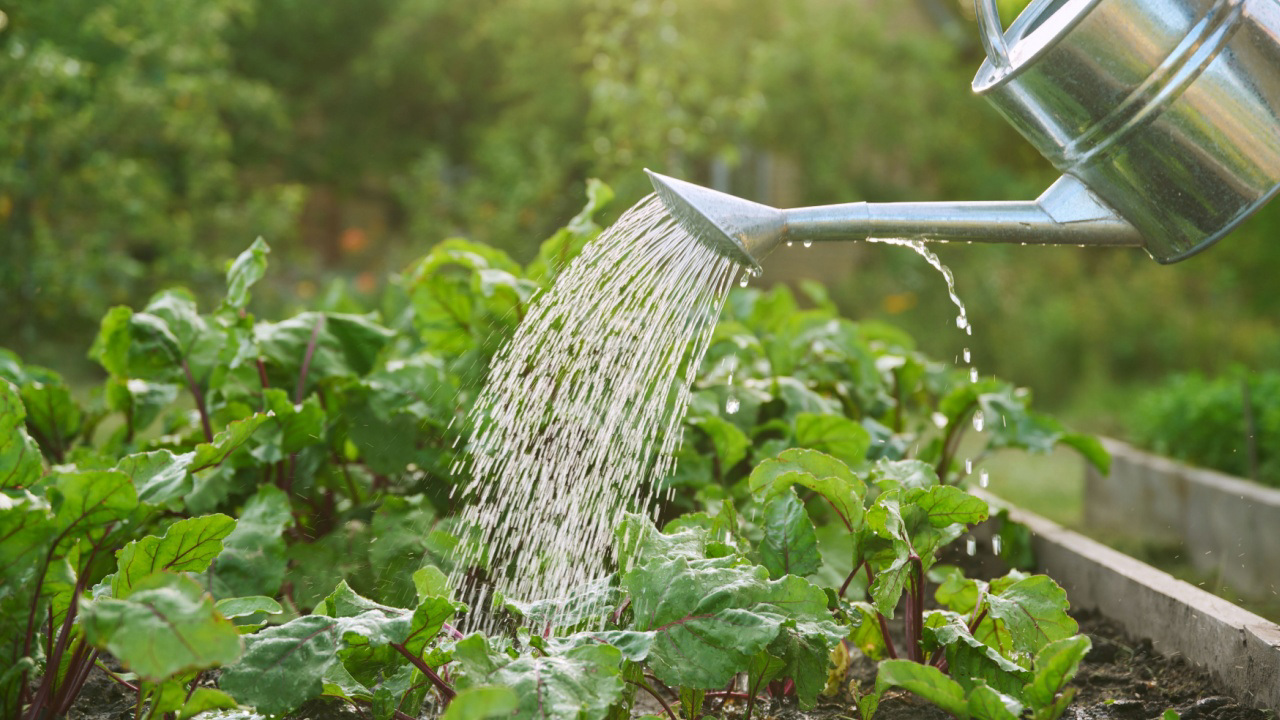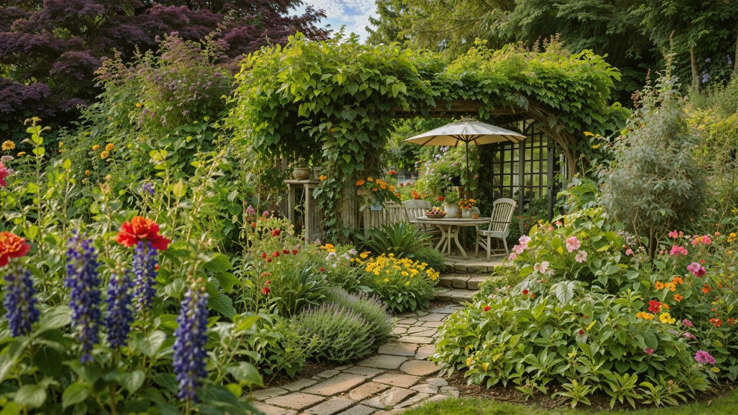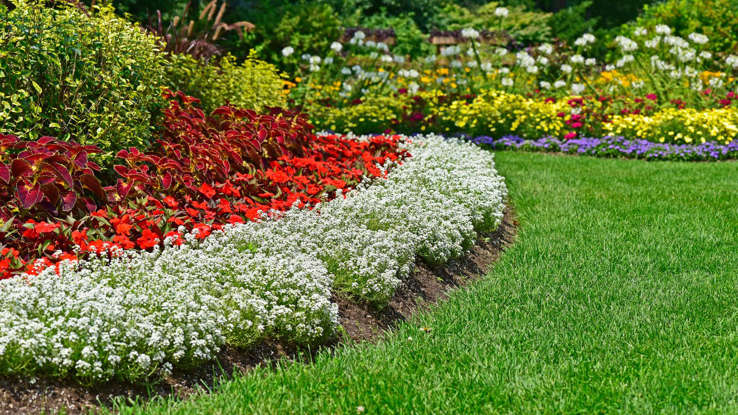
In today’s world of sustainable living, water conservation is becoming more important than ever. Whether you are tending to a backyard garden, balcony pots, or a large landscape, learning how to group plants by water needs is one of the smartest gardening strategies you can adopt.
This method not only helps save water but also keeps your plants healthier and happier. In this article, we explore why grouping plants by their water requirements matters, how to do it properly, and which plants fall into which categories.

Grouping plants by water needs means placing together those that require the same amount of moisture to grow and thrive. This technique makes it easier to care for your garden because you’re not overwatering some plants or underwatering others.
For example, succulents and cacti need very little water, while tropical plants like ferns and elephant ears need plenty of moisture. Putting them together in the same garden bed or watering zone would lead to frustration and possibly plant failure.
There are several practical and environmental reasons why this method of gardening is gaining popularity in 2025:
If you’re new to this technique, don’t worry. Follow these simple steps to get started:
Start by identifying the plants you already have. Check plant tags, online guides, or consult with your local nursery to find out how much water each one needs.
Group your plants into three basic water-need categories:
Once you’ve grouped your plants, plan out your garden or pot placement based on water zones:
If you use drip irrigation or sprinklers, adjust each line according to the plant group. You can install timers or moisture sensors to control water delivery more accurately.
Mulching helps maintain soil moisture levels and keeps roots cool. Organic compost boosts water retention and nutrient levels in all plant groups.
Here are some sample groupings that work well together in most climates:
If you’re planting in containers, choose pots with good drainage and avoid mixing plants with opposite water needs in the same container.
Even though the concept is simple, beginners can make a few common mistakes:

Did you know that this approach works well indoors too? Houseplants like succulents, pothos, and ferns all have different water needs. Grouping them by type and care level can help your indoor garden thrive without guesswork.
Additionally, this method is ideal for community gardens, rooftop planters, schools, or urban landscapes where managing resources is key.
smart gardening isn’t just about beauty it’s about sustainability and efficiency. By grouping plants by water needs, you help reduce waste, lower utility bills, and create a healthier growing environment for your plants.
Whether you’re a first-time gardener or a seasoned expert, this method will make your green space easier to manage and more environmentally friendly. So before you plant this season, take a few extra minutes to group your plants and let nature do the rest.
Read More:- Deyaar’s Latest Announcement Shakes Up the UAE Property Market
